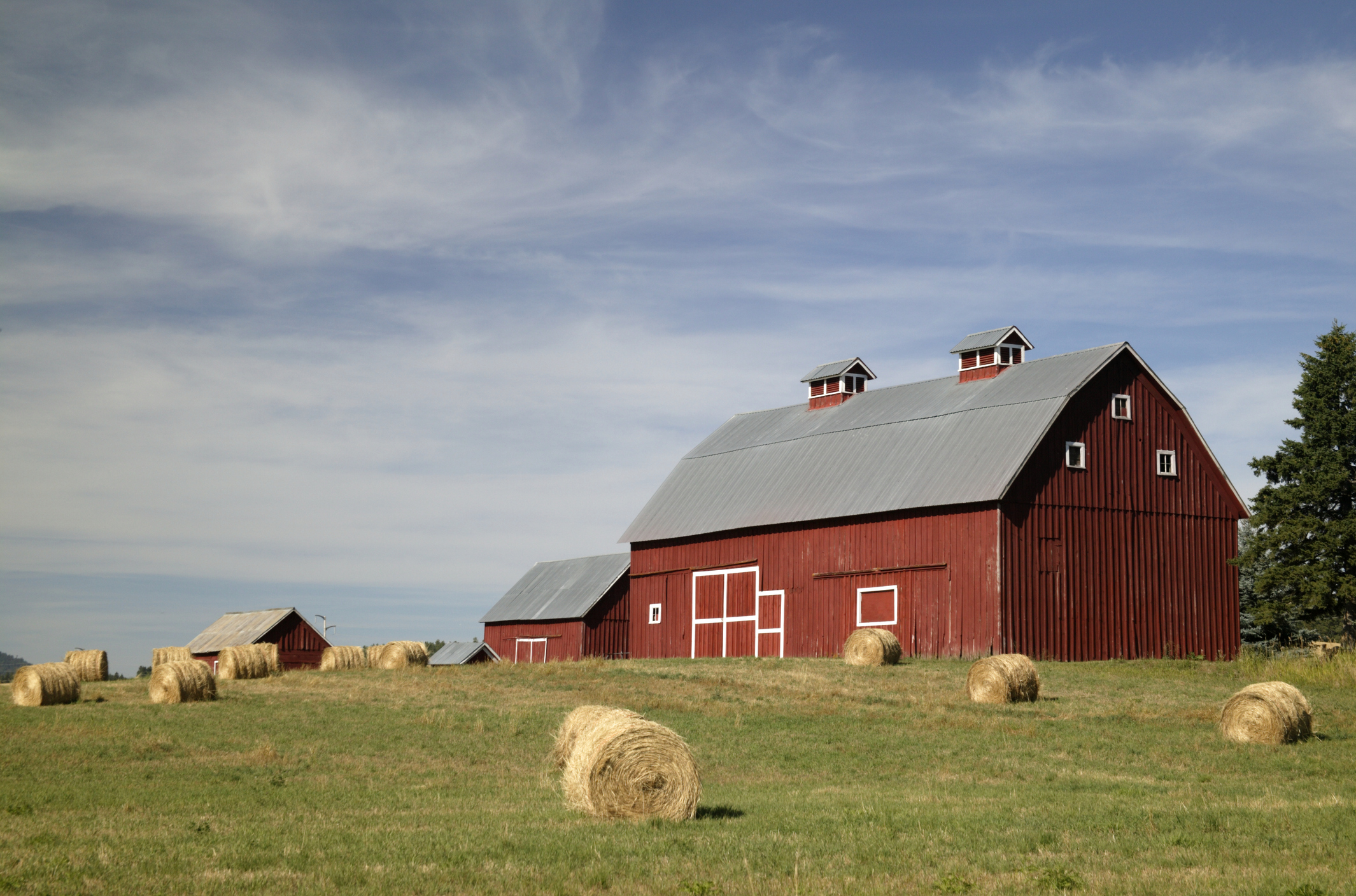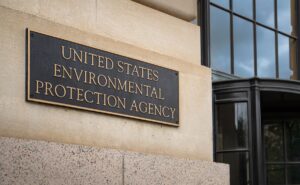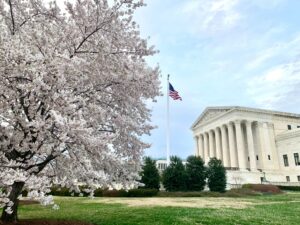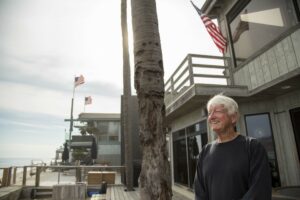Iowa attorney Jim Conlan grew up in a farming family, so when considering new investment options, reconnecting with his family legacy through agriculture was a natural fit.
He began buying farmland, including a farm once owned by his grandparents. His investments make it possible for other families, who might otherwise not be able to afford to buy land themselves, to take part in the great vocation of farming.
Jim’s efforts to support this time-honored industry soon ran headlong into government overreach by regulators that lack his deep respect for farming’s critical role in sustaining lives and livelihoods—and for the Constitution’s property rights protections.
In 2022, Jim bought an approximately 71-acre farm in eastern Iowa’s Delaware County. Soon afterward, the Natural Resources Conservation Service (NRCS)—relying on a Certified Wetland Delineation from 2010—identified nine scattered acres as federally protected wetlands. This triggered the “Swampbuster” provisions of the 1985 Food Security Act that prohibit farming on those acres to remain eligible for U.S. Department of Agriculture (USDA) assistance programs.
Under Swampbuster, USDA will take away crop insurance and other longstanding agriculture programs for all of a farmer’s properties if the farmer does not “voluntarily” agree not to farm near an alleged wetland. Normally, if the government makes it impossible to use your property, it’s considered a taking, and the government must compensate you. Conditioning pre-existing government programs on what amounts to signing away your rights doesn’t let the government ignore the Takings Clause of the Constitution. It’s no different than if the government said it’s not giving you Social Security unless you give them an easement on your property.
And the Act’s complex regulatory scheme is a bureaucratic nightmare that only encourages agency overreach. In Jim’s case, the NRCS targeted isolated areas of his land that contain no standing water and are not connected to any water body, but never justified its wetlands determination.
If the government wants to restrict citizens’ property use, it must clearly define the restrictions and compliance process. Furthermore, limiting private property rights without compensation is an unconstitutional “taking.” The Swampbuster statute, which conditions federal agriculture benefits that predate Swampbuster on farmers waiving just compensation rights, is no exception.
Worse, there’s a grave risk the USDA and NRCS may increasingly leverage Swampbuster to regulate land features no longer considered wetlands under the Clean Water Act (CWA) after the 2023 Supreme Court decision in Sackett v. EPA. Sackett II excludes features like vernal pools and prairie potholes from CWA jurisdiction, but they remain fair game under Swampbuster’s broader text lacking any “navigable waters” limitation.
Represented at no charge by Pacific Legal Foundation, Liberty Justice Center, and Upper Midwest Law Center, Jim is fighting back against the agencies’ abusive and improper use of government authority. His federal lawsuit challenges the constitutionality of the Swampbuster statute to hold regulators accountable to the rule of law and restore private property rights for farmers and everyone else.
What’s At Stake?
- The Constitution does not grant the federal government the power to regulate any piece of land in the country it wishes. Nor may government force people to give up their rights in exchange for a government benefit.














